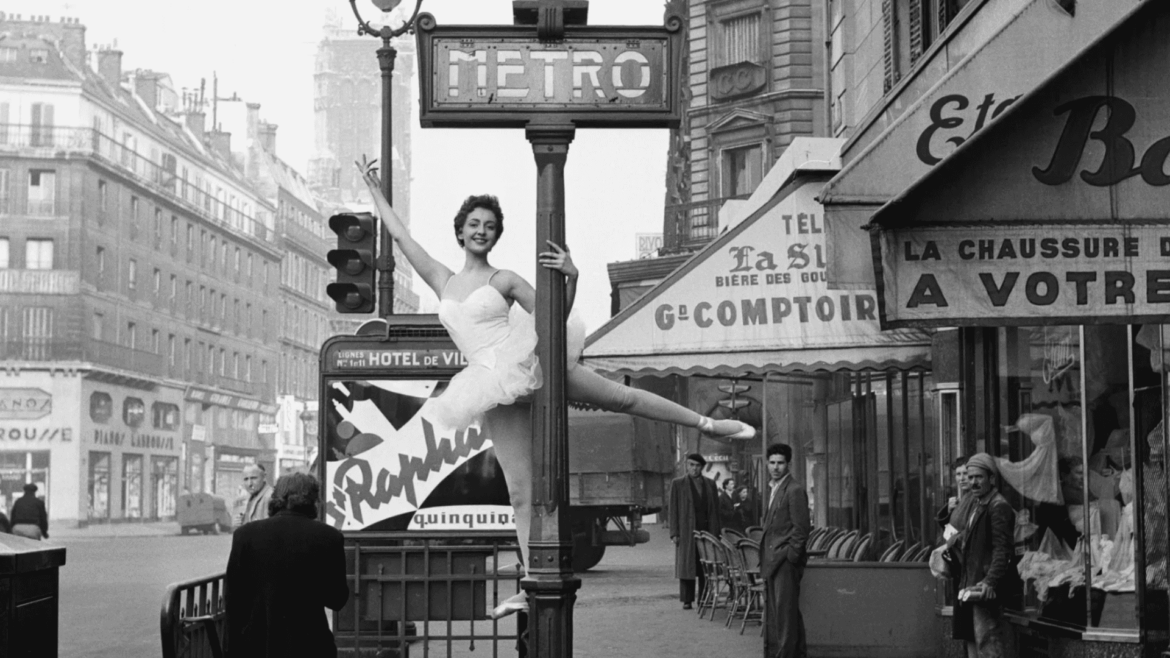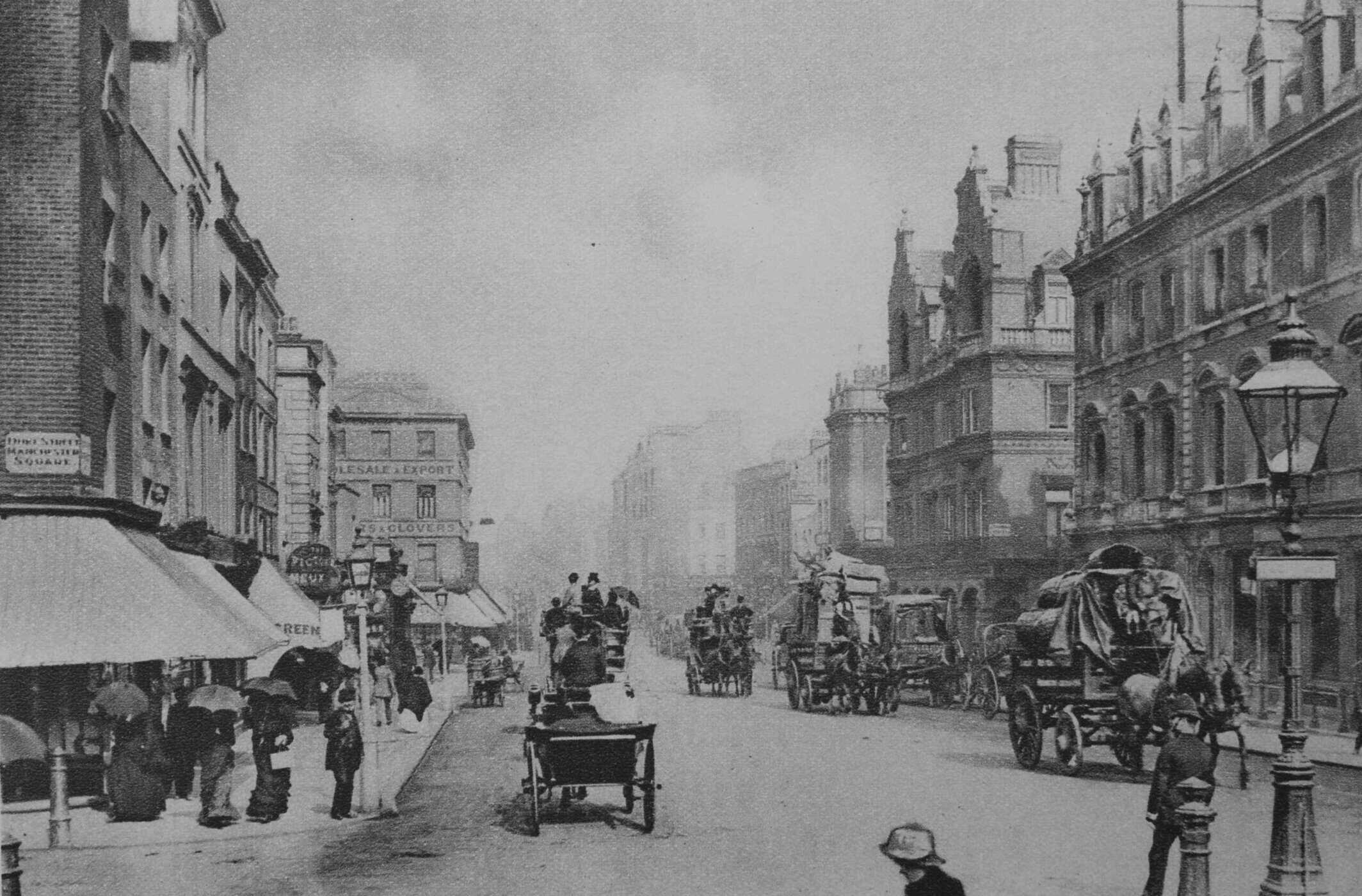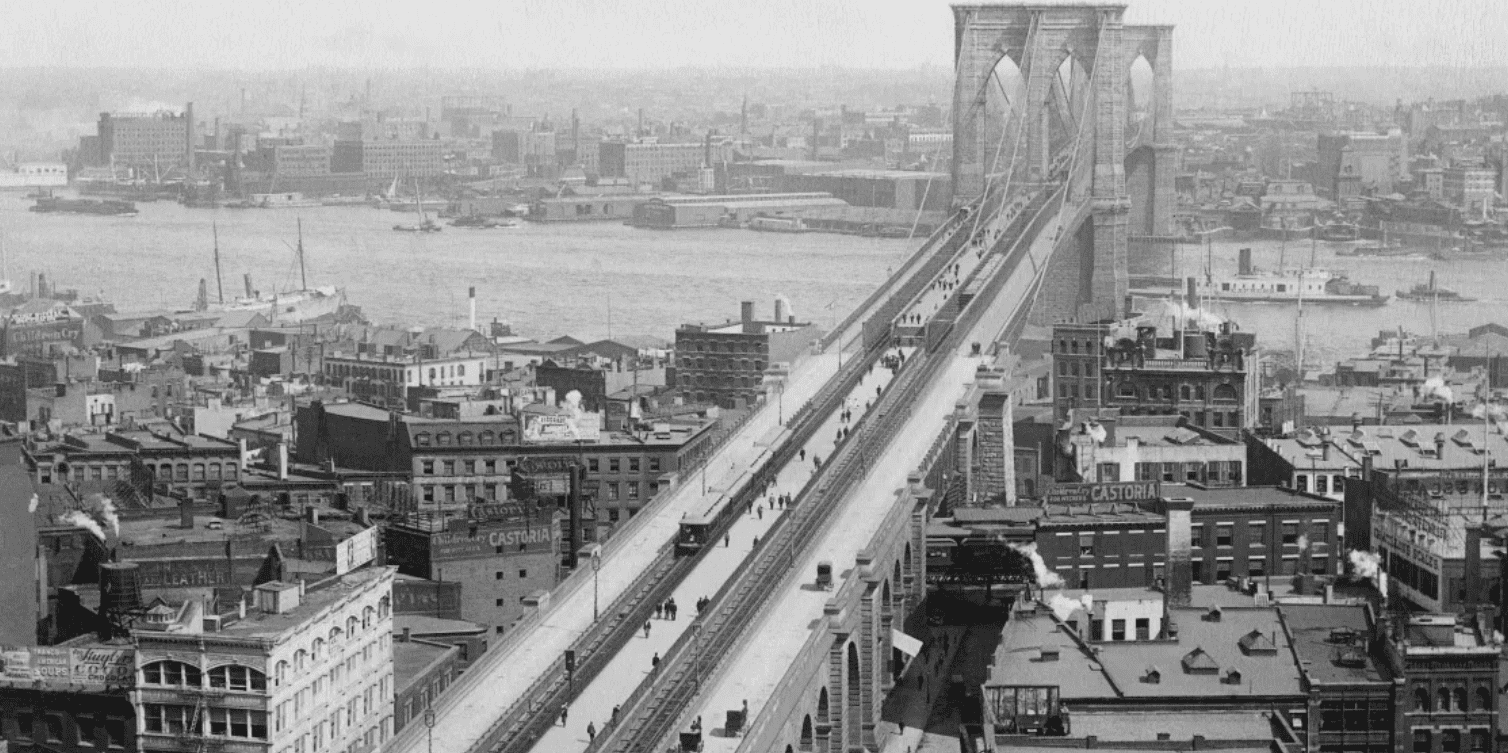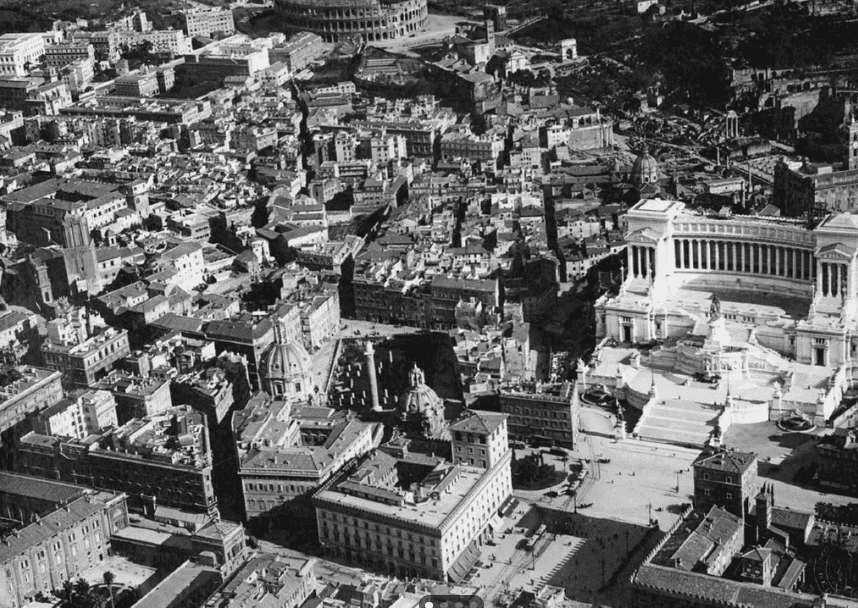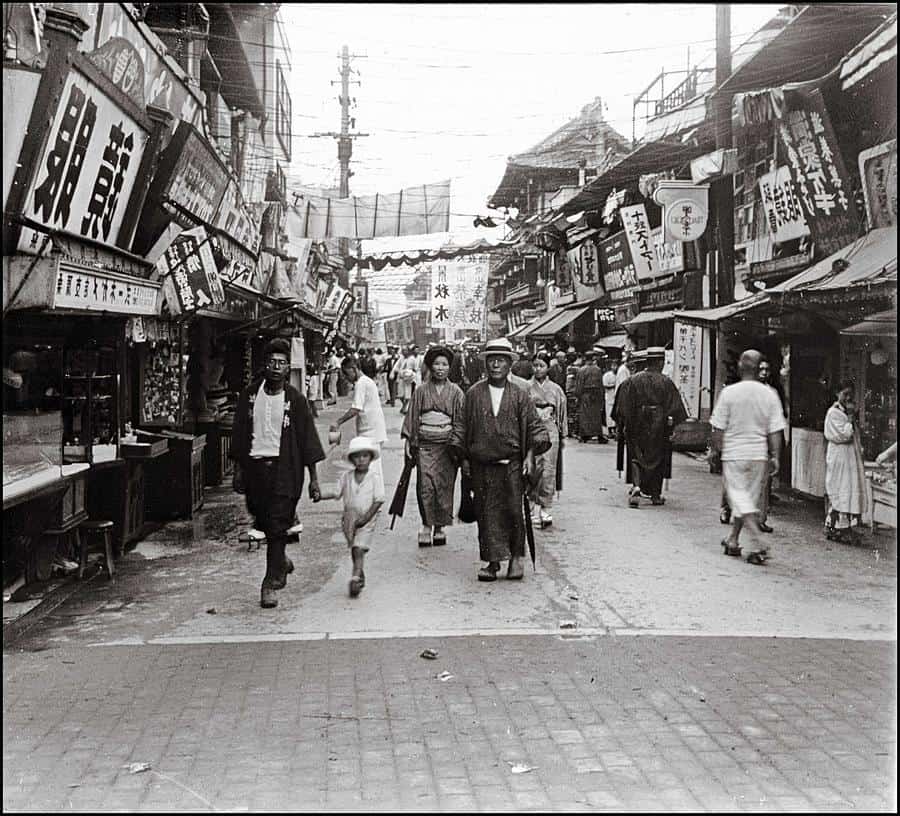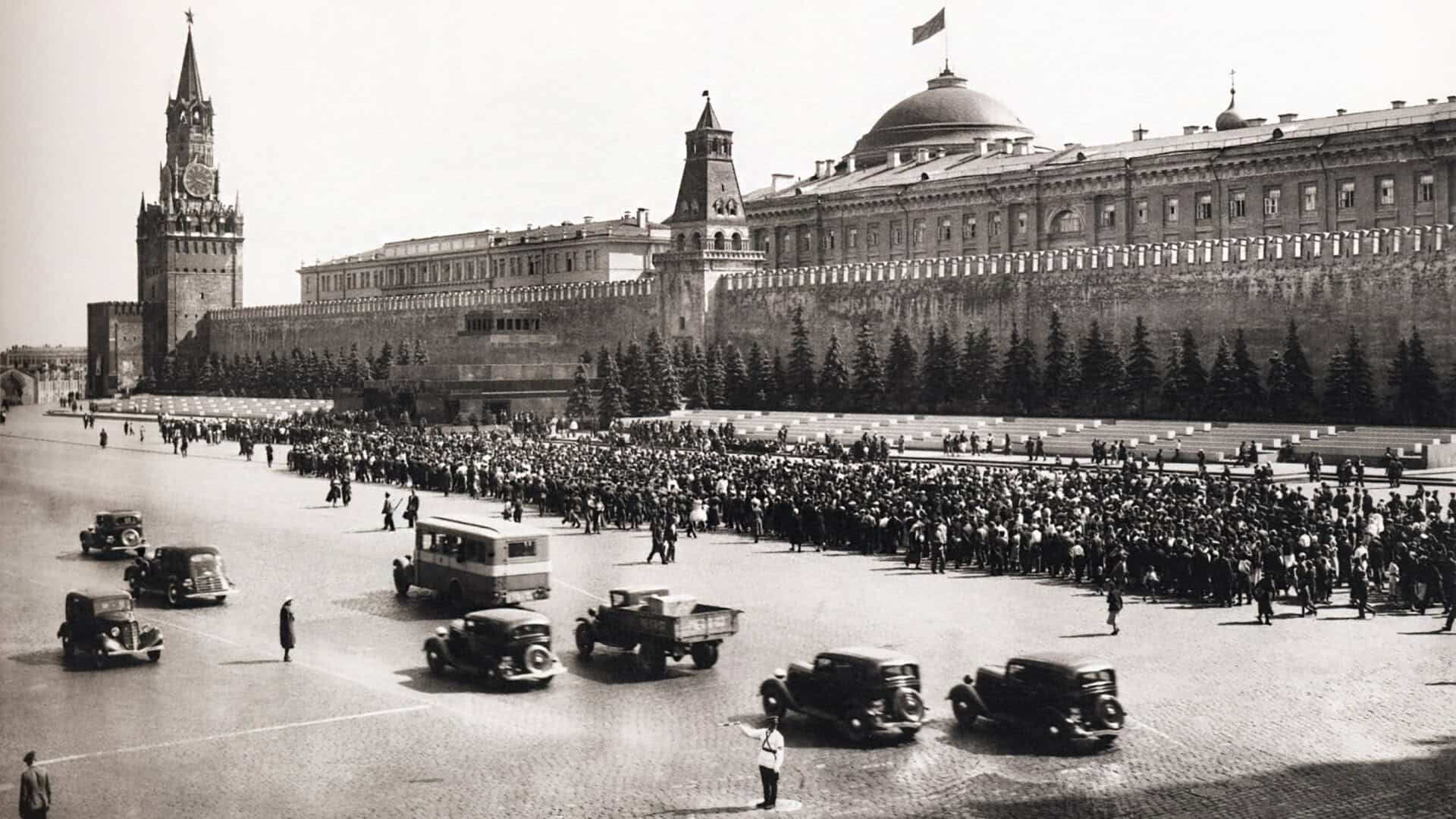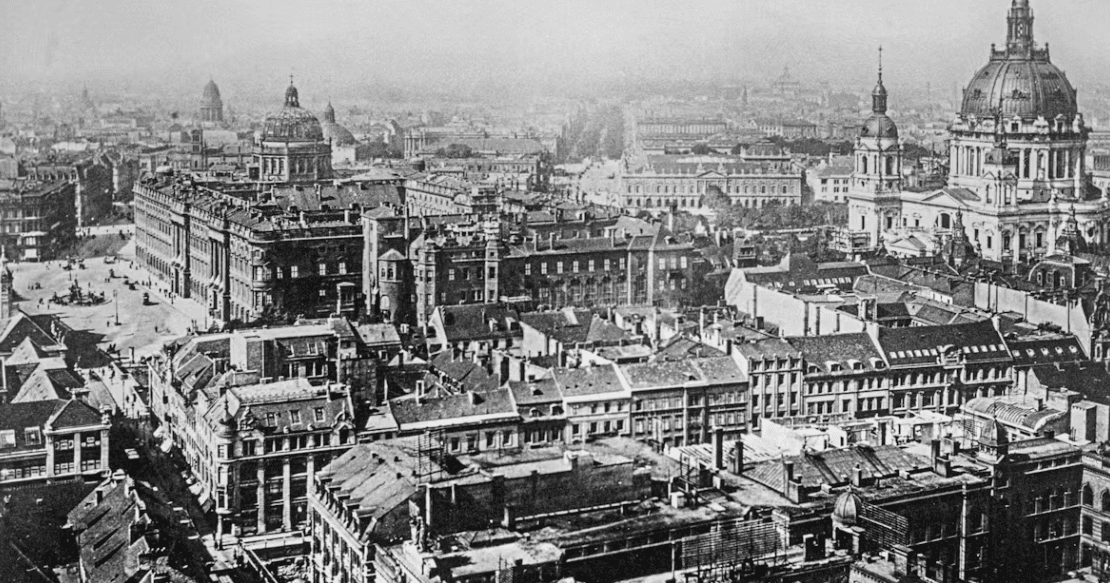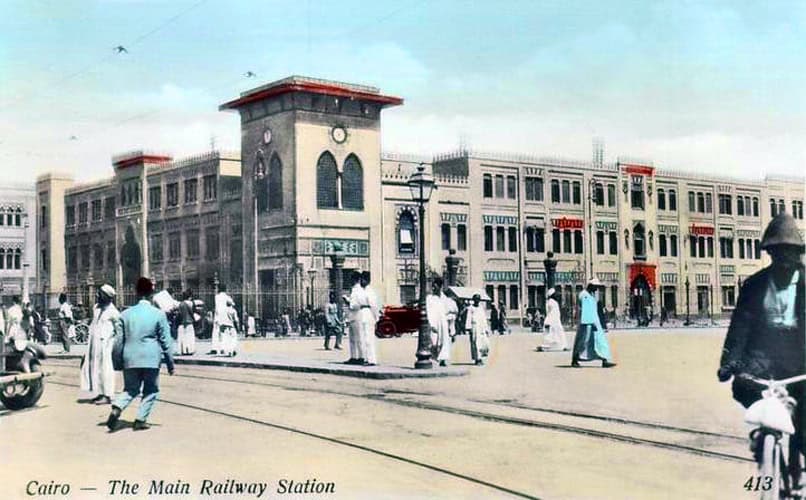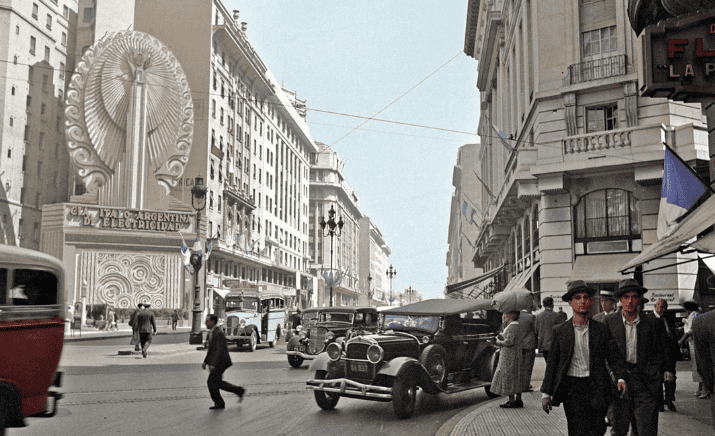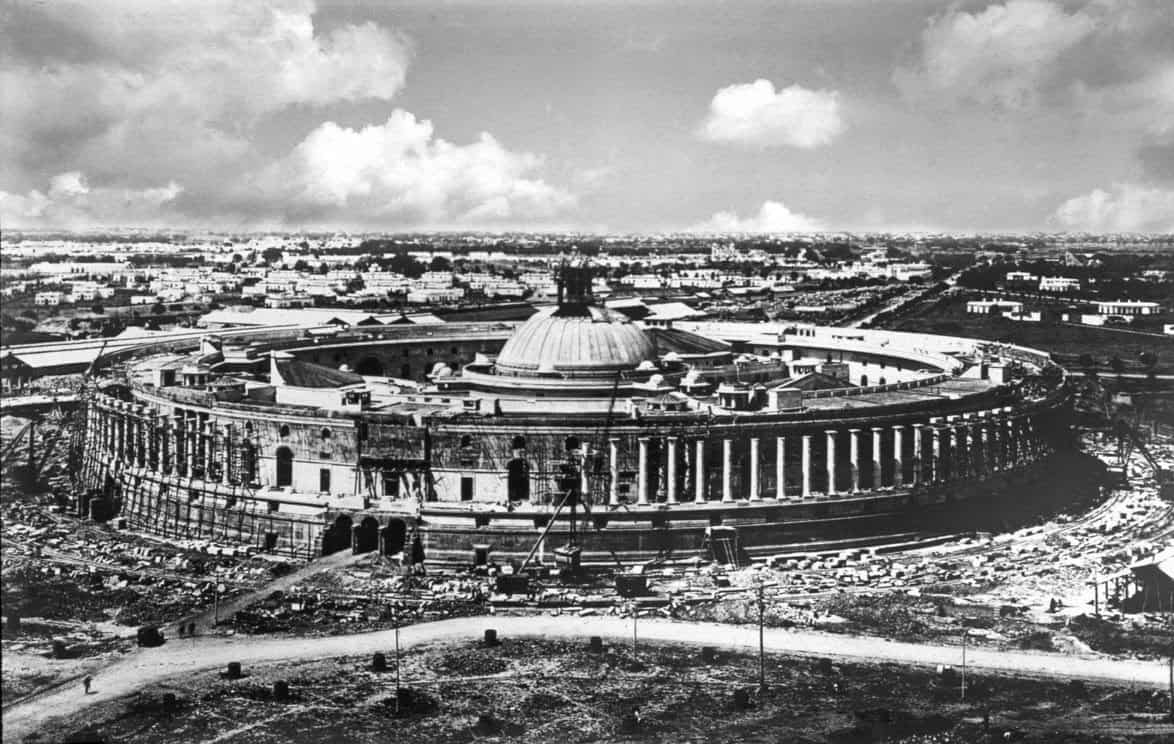Living in a modern world, it is hard to imagine what the capitals of the world looked like 100 years ago.
They were not only different, but some of the monuments, famous hotels, and memorials that define these cities did not even exist.
It was a different world, and these cities reflected it. Let us travel back in time and see what these famous cities looked like a century ago.
1. Paris: Jazz Age Lights and Belle Époque Elegance
Paris was the center of fashion, music, and art in the 1920s. There were jazz clubs in Montmartre, cafés full of artists and writers in Saint-Germain-des-Prés, and fancy celebrations along the Champs-Élysées.
The Eiffel Tower had been up for thirty years, but back then it was more of a strange monument than the romantic emblem it is today. Flapper dresses and bowler hats were worn by women and men as they walked along the Seine.
Luxury department stores like Galeries Lafayette showed Parisians what modern consumer culture was like. Paris was the center of flair, independence, and refinement.
2. London: Between Tradition and Change
London was still healing from World War I in the early 1920s, but it was still a stronghold of empire and tradition. Trafalgar Square, Piccadilly Circus, and Hyde Park were already busy places.
Horse-drawn carriages were steadily being replaced by motorcars, and double-decker buses became a normal part of life. Oxford Street and Harrods were full of men in three-piece suits and ladies in cloche hats.
The Thames was still full of working ships, and the fog, both natural and from coal fires, gave the city its well-known melancholy feel. Even though it had been through a lot of conflict, London nevertheless had a strong feeling of pride and endurance.
3. New York: The Roaring ’20s Skyline
The 1920s were a very busy time in New York City. Broadway theaters wowed spectators, and Times Square was already the entertainment capital, with bright light signs.
There were a lot of tall buildings on the skyline, notably the Woolworth Building (finished in 1913), but the Empire State Building and Chrysler Building hadn’t been constructed yet.
Harlem was the center of the Harlem Renaissance, which brought jazz, poetry, and art to the forefront of American society. During Prohibition, speakeasies thrived, and Wall Street was a sign of great wealth until the 1929 disaster.
New York already felt like the “city that never sleeps” a hundred years ago.
4. Rome: Ancient Ruins Meet Modern Italy
Rome in the 1920s was a very interesting mix of old and new. People from all over the world and people who lived in Rome loved the Colosseum, the Pantheon, and the ruins of the Forum much like they do now.
But horse-drawn carts still shared cobblestone streets with early cars, and Roman life was all about local markets. Fascist architecture would later change the city under Mussolini’s rule, but in the early 1900s, Rome was a quieter, slower capital.
People were going to cafés a lot, and places like the Trevi Fountain were popular with locals. The Eternal City had a long history and was slowly moving into modern times.
5. Tokyo: Tradition Under Pressure to Modernize
Tokyo was changing quickly in the 1920s. The Great Kantō Earthquake in 1923 destroyed a lot of the city, so it had to be rebuilt. This made the streets more contemporary, the buildings more Western-style, and the infrastructure more up-to-date.
People still rode on rickshaws, but streetcars and early cars were becoming increasingly common. The Imperial Palace and ancient temples still existed as emblems of heritage, but neon signs, cafés, and department shops like Mitsukoshi gave Tokyo an exciting new vitality.
It was a city that was stuck between the ancient ways of tea houses and kimono and the new ways of jazz and movies.
6. Moscow: Revolution and Reinvention
Moscow was the center of the developing Soviet Union a hundred years ago. The Kremlin and Red Square were already important historical sites, but they took on new political meaning when the Bolsheviks secured their authority.
There were Lenin posters in public places, and parades filled the streets with pride in the Soviet Union. But daily life was a mix of hard times and change.
The city was moving toward industrialization and rigorous government control, but marketplaces were still busy and churches still covered the skyline. The Tsar’s city of Moscow was no longer the Tsar’s city; it was becoming the capital of a revolution.
7. Berlin: A Weimar Republic Hotspot
Berlin in the 1920s was one of the most modern, fascinating, and rebellious cities in the world. The Weimar Republic was a time when art, architecture, and nightlife were all new and experimental.
The city was known for its cabaret theaters, avant-garde movies, and Bauhaus design. There were cafés, stores, and theaters along Kurfürstendamm, Berlin’s major street. Berlin was the most creative city in the world, even though there were problems with politics.
Jazz, modern dance, and artistic freedom filled the city. This was a long way from the gloomy times that would come in the 1930s.
8. Cairo: A City of Pharaohs and Colonial Influence
In the 1920s, Cairo was a metropolis where old history and colonial rule clashed. People came from all over the world to see the Pyramids of Giza and the Sphinx, but the city itself was a busy place with bazaars, horse-drawn carriages, and new cars.
Rich tourists liked European-style hotels and cafes, and local marketplaces full of spices and textiles kept old traditions alive. British influence was still there, but Egyptian culture and aspirations for independence were growing.
Western tourists thought Cairo was strange and romantic, but it was also very much an integral component of its own powerful history.
9. Buenos Aires: The Paris of South America
Buenos Aires got the nickname “Paris of South America” in the 1920s. The city had a cosmopolitan feel because of its wide boulevards, European-style buildings, and big theaters like Teatro Colón.
Tango music and dance thrived in both fancy ballrooms and neighborhood pubs. Rich Argentinians showed off how well things were going at the time by opening cafes, restaurants, and stores that sold clothes from other countries.
The harbor of the city was busy with trade, which made Buenos Aires one of the most contemporary and lively capitals in Latin America. It was a fantasy vacation spot for many people since it had style, music, and South American flair.
10. Delhi: Colonial India Meets Ancient Culture
Delhi was a British colony in the 1920s, and its architecture showed both imperial and Indian cultural influences. British architects Edwin Lutyens and Herbert Baker designed New Delhi, which was being built at the time.
It would subsequently become the capital of India in 1931. Wide boulevards, government buildings, and colonial clubs were very different from bazaars, temples, and mosques that had been around for hundreds of years.
People in the area went about their normal lives, but British officials turned the city into a symbol of their empire. Delhi was at a crossroads: it was old, colonial, and about to be free.
